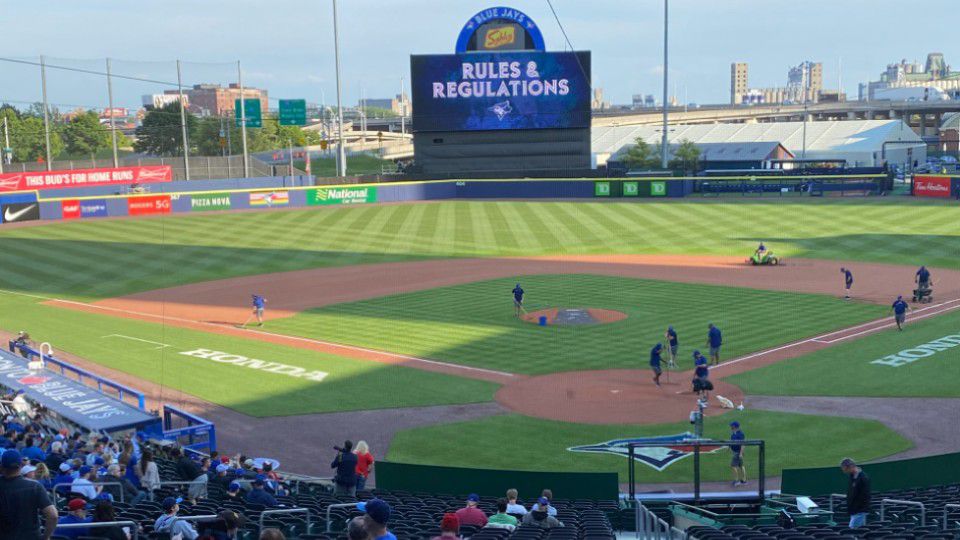Millions of Americans are expected to send in their ballots by mail in November — but there's concern in the White House that this year's election could be compromised because of universal mail-in voting. It's also leaving many wondering what exactly is mail-in voting and how it differs from simply sending in your absentee ballots.
University at Buffalo Associate Political Science Professor Jacob Neiheisel said, "There is a distinction between the two, even though ballots are going through the mail in either case."
With Election Day just months away, President Trump is raising doubts about the integrity of the general election. The president is voicing concerns that mailing in your ballot could lead to a fraudulent outcome.
The president released a video on Facebook Monday saying, "Absentee ballots are good. Universal mail-ins are bad when you get inundated with these things are bad and will lead to terrible things including voter fraud."
Spectrum News tried to get some answers from Professor Neiheisel about the difference between universal mail-in voting and absentee voting.
Neiheisel said, "All mail voting or universal mail voting is something that exists in a handful of states. The one that comes to mind most prominently is Oregon, where every registered voter in the state gets a ballot in the mail and they fill that out at their leisure and they get back to the polling place sometimes within a predetermined time."
But not every state has this as an option. Plenty of states, including New York, do offer absentee voting to those who aren't able to make it to the polls on Election Day.
"You're ill, you're in a long-term care facility, those kinds of things are traditionally an option and then recently because of the pandemic. An option was added in New York state, you can't get there because of various COVID-related restrictions," said Neiheisel.
The professor says even though both methods require you send in your ballots by mail, they're secure. He says there's not a lot of evidence showing otherwise.
"Voter confidence in the process tends to be lower if they mail in a ballot rather than seeing it through the machine themselves at the polling place and also spoiled ballots tend to go up, ballots that are not counted for any number of reasons," Neiheisel said.
Neiheisel recommends you figure out if you're registered or not as a voter and then you can see what options you have. If you do decide to mail in your ballot, he suggests you send it in as early as you can. For deadlines and absentee ballot info, check out your local county's board of elections website.










